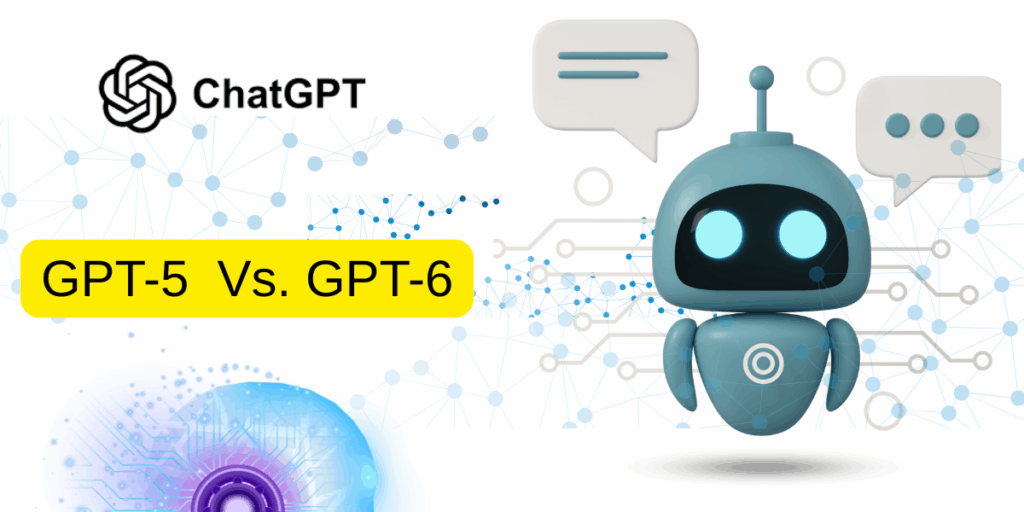OpenAI CEO Sam Altman has revealed that the next major AI model, GPT-6, will bring a huge leap in intelligence and capability compared to GPT-5.
The announcement came after OpenAI faced mixed reactions during the GPT-5 rollout. Altman assured that GPT-6 will deliver the breakthroughs users have been waiting for — including greater reasoning, creativity, and scientific applications.
From GPT-5’s Flaws to GPT-6’s Promise

The August launch of GPT-5 left many users unimpressed. Critics said the model’s upgrades were only incremental, focusing more on cost and speed than true innovation. Even Altman admitted the rollout had problems — with technical glitches and lack of clarity.
But the OpenAI team now sees GPT-6 as the turning point for next-generation AI. In an interview, Altman said, “What I can tell you with confidence is GPT-6 will be significantly better than GPT-5 — and GPT-7 better than GPT-6.”
Problems With GPT-5
- Launch bugs caused inaccurate AI charts during livestream.
- Responses felt robotic despite optimization updates.
- Performance gains focused mostly on speed and compute efficiency.
- Users claimed it didn’t meet AGI expectations.
Lessons Learned by OpenAI
- More focus on reinforcement learning from human feedback (RLHF).
- Stronger intent filtering and conversational context.
- Better handling of specialized tasks like coding and scientific data.
These improvements will help GPT-6 become smarter at solving complex problems — beyond simple text generation.
Also read about: ChatGPT Ads 2025: OpenAI’s Next Game-Changer for Marketing
What to Expect From GPT-6
OpenAI researchers confirmed that GPT-6 will expand on deep learning design instead of only scaling existing systems. It aims to improve critical thinking, real-time decision-making, and integration with AI agents.
Expected Advancements
- Stronger general reasoning and contextual understanding.
- Better voice, video, and multimodal capabilities.
- Faster training speeds using refined GPU clusters.
- Enhanced safety protocols against misinformation.
- Wider adaptability for science, education, and business AI tools.
GPT-6 could mark the beginning of usable AI-assisted scientific discovery, a goal Altman said “no previous GPT model could achieve.”
Comparison Table: GPT-5 vs. GPT-6
| Feature | GPT-5 | GPT-6 |
| Release Year | 2025 | Expected early 2026 |
| Focus | Speed and cost | Intelligence and reasoning |
| Model Training | RLHF & scaling | Multi-modal + deep reasoning |
| Scientific Use | Limited | Strong integration |
| Rollout Reaction | Mixed | High expectations |
Summary
OpenAI is preparing GPT-6 not just as another language model — but as a smarter, problem-solving AI built for real-world impact.
With stronger reasoning, better multimodal understanding, and scientific capabilities, GPT-6 promises to redefine what AI can achieve in 2026. Altman’s confidence signals a new phase in the race toward Artificial General Intelligence.
More News To Read:
